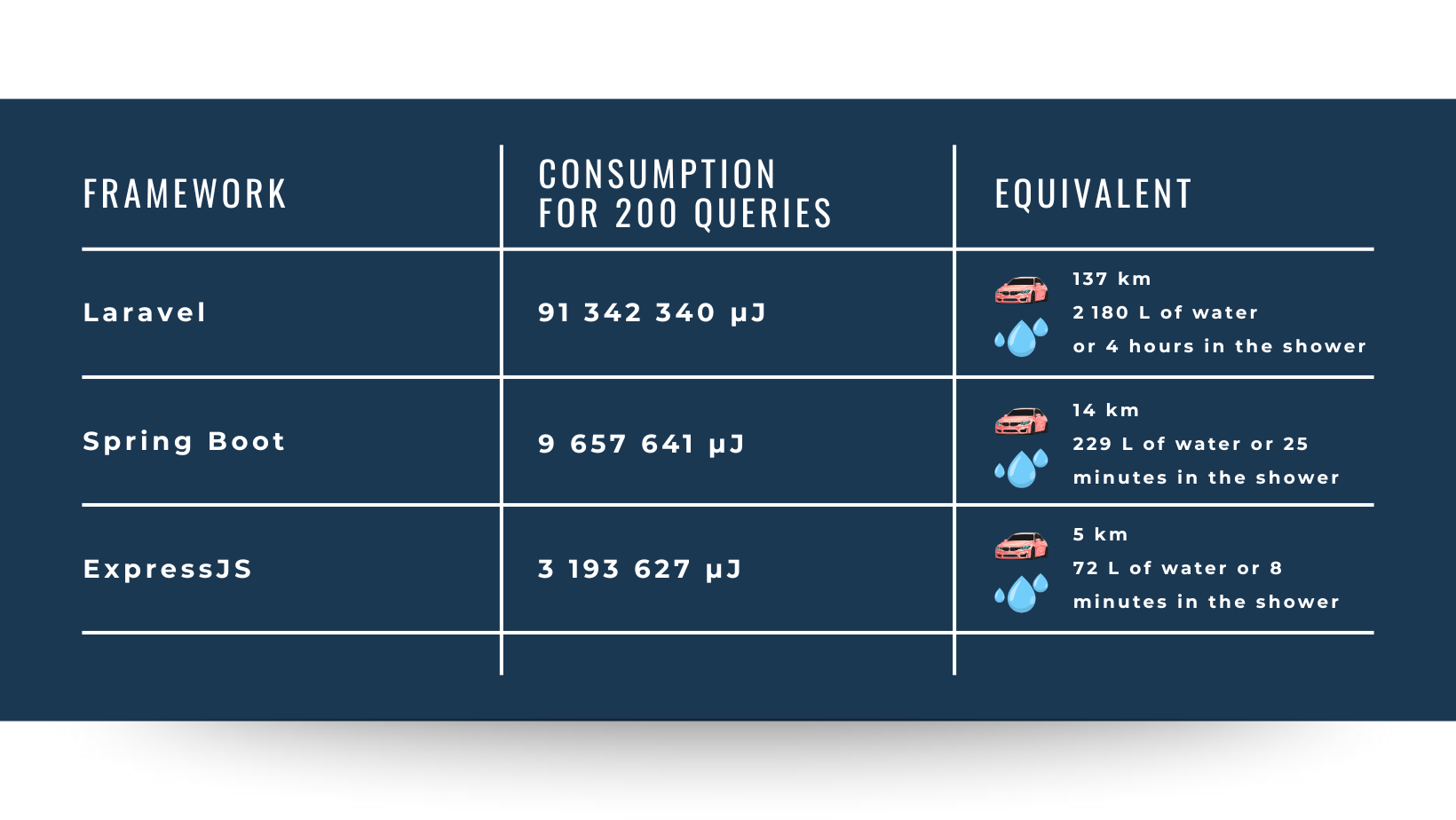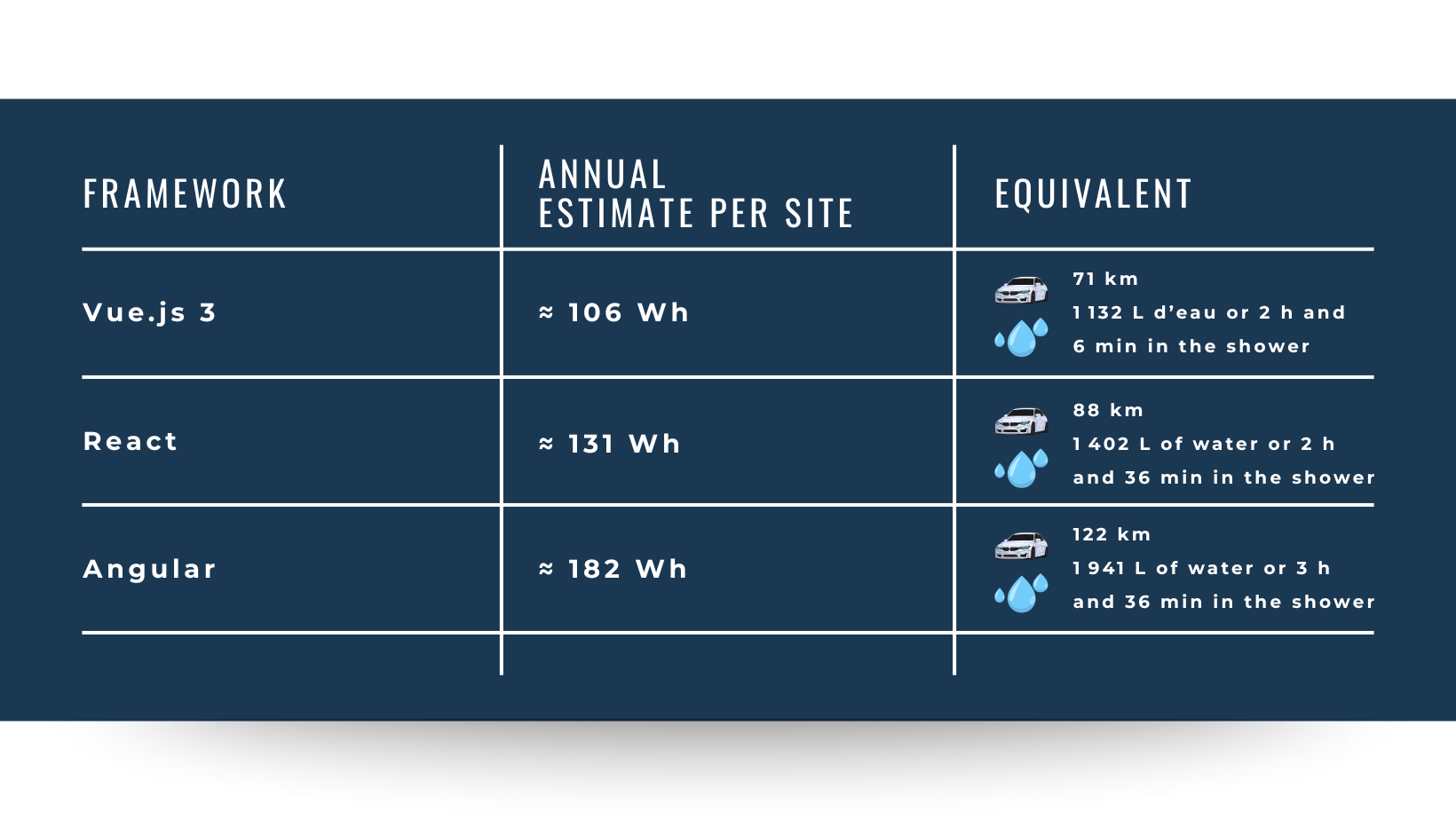What if choosing a different language or framework could make all the difference?
That's what Jules and Jérôme wanted to find out, so they decided to take a look under the hood, where technical choices (really) influence consumption.
Their plan : compare the most popular languages and frameworks here (and around the world) to see which ones use the least energy... and rethink our tech choices based on their environmental impact.
Just like when choosing a fridge or washing machine : for the same use, some use way more energy than others. So why not apply the same thinking to our code?
That's what Jules and Jérôme wanted to find out, so they decided to take a look under the hood, where technical choices (really) influence consumption.
Their plan : compare the most popular languages and frameworks here (and around the world) to see which ones use the least energy... and rethink our tech choices based on their environmental impact.
Just like when choosing a fridge or washing machine : for the same use, some use way more energy than others. So why not apply the same thinking to our code?




